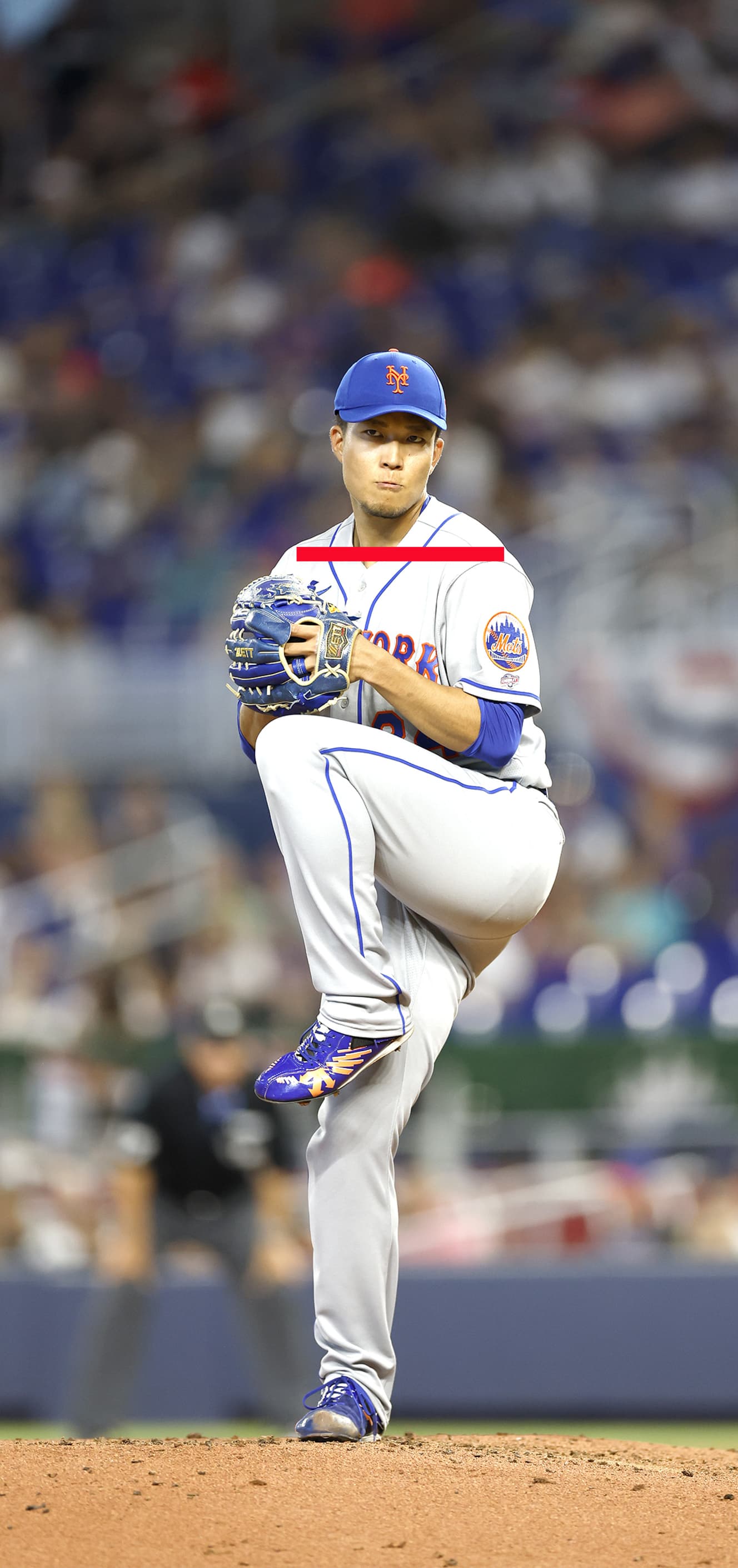Experts Agree that a 20-Win Season For Kedai Senga Next Year is Possible
Although he narrowly missed out on the Rookie of the Year title, he went 12-7 with 202 strikeouts using his "ghost fork" as a weapon! An expert in motion analysis roared, "There are no flaws in his form!
Senga had a great season. I think he had the wrong year to be a rookie.
Major League Baseball’s official website praised the Mets’ Kodai Senga, 30, who finished a close second in the National League Rookie of the Year voting announced on November 14 (Japan time).
The Mets’ Kodai Senga, was a 12-7 record and a 2.98 ERA, with a majors-leading 59.5% strikeout rate on his “ghost fork,” and he struck out a combined 202 batters.
Taku Kawamura, an expert in motion analysis and associate professor at the University of Tsukuba’s School of Physical Education, said,
“Senga’s pitching form is almost flawless. It is an ideal pitching style that combines flexibility and power.”
We thoroughly analyzed Senga’s pitching, which has produced results since his first year. Below is a series of photos and Kawamura’s commentary.
“In the first picture, his shoulders are parallel to the ground and his upper body is stable. The right leg is firmly planted on the mound, so there is no blurring even when the left leg is raised high.”
The second picture shows Senga’s strong points well. Generally, a pitcher’s body is “hip-first,” moving from the hips toward the batter. However, Senga’s unique leg movement allows him to maintain good balance even when he tends to thrust his body head first.
“His left leg is bent in a “ku” shape. This movement, called “internal rotation” using the hip joint, allows him to maintain his body balance and smoothly move his leg forward. This “internal rotation” is common to many Japanese pitchers in the major leagues, such as Masahiro Tanaka and Kenta Maeda. Also, because the shoulder line is slanted, the pitcher is able to make a solid overthrow motion from above. This is probably due to his good use of the upper body and quick take-back.”
In the third picture, we can see a number of strong points.
“First of all, the right hand holding the ball is right next to the head. This makes it easier to control the ball because it is closer to the eyes of the catcher looking at the mitt. Also, his right elbow is at an acute angle and his right hand is high. This allows him to swing my right arm down big and sharp, so he can throw a fork with a good drop-off.”
The right arm is the most noteworthy part of the pitch.
“The right arm is flexed like a whip. The greater the flexion, the more force is applied to the ball and the more powerful the straight is.”
In the fifth picture, the number on his back appears distorted.
“This is probably evidence that he is using his shoulder blades to brake his arm movement when he pitches. If the powerful movement up to the fourth picture is maintained, the right arm feels as if it is going to blow away, which is a heavy burden. The movement of the shoulder blades brakes the upper body, reducing the risk of breakdown.”
Kawamura assures that next season will be even better than this season.
“I think he can get used to the mound in the Majors and win 15 games, and 20 wins is not a dream.”
Senga’s “Ghost Fork” will continue to be a threat to major league hitters.





From the December 8-15, 2023 issue of FRIDAY
PHOTO: Arifumi Taguchi
